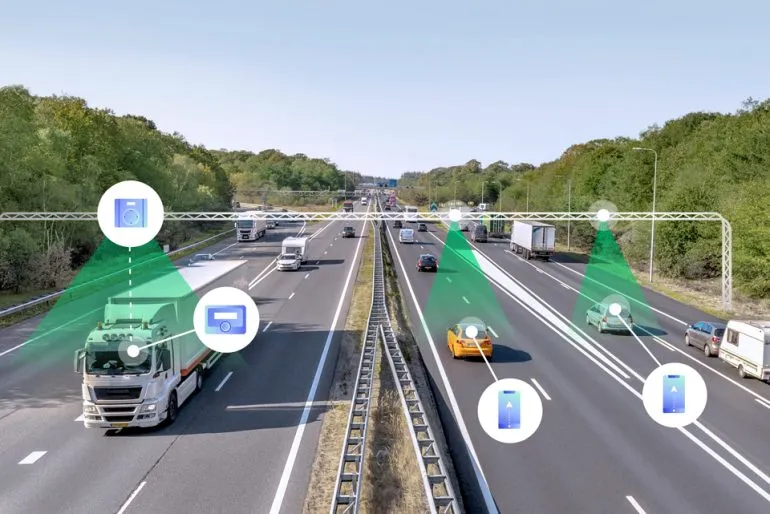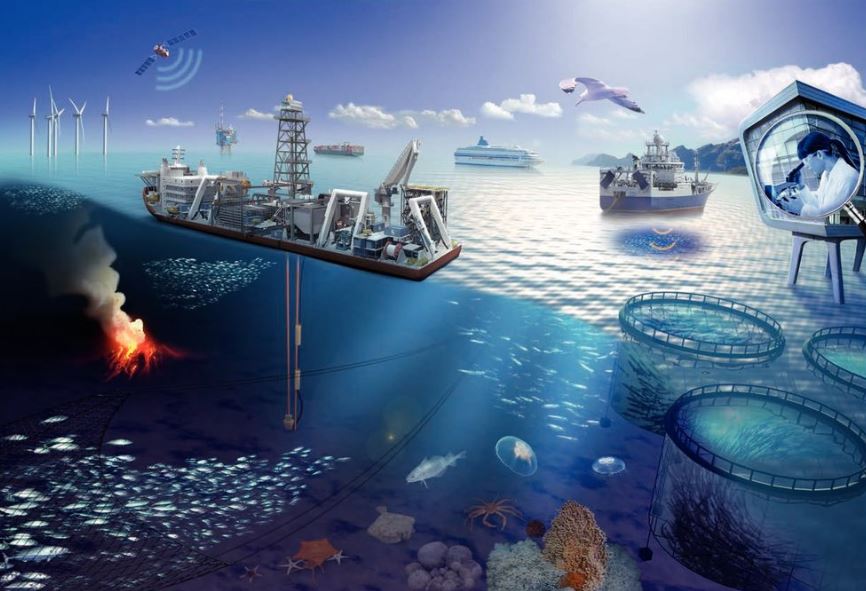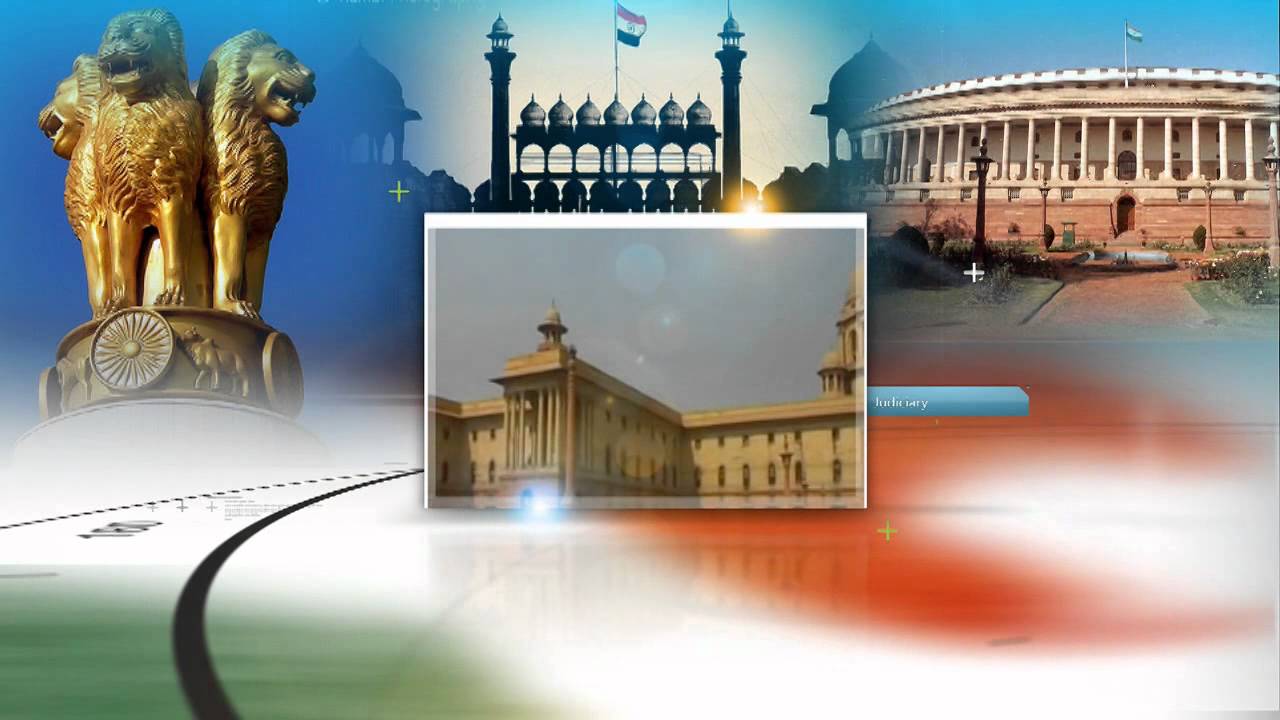Global Pandemic Agreement
How will the world fight the next pandemic?
Context: After more than three years of intense negotiations, global leaders have reached a historic agreement on a new international pandemic accord, designed to better prepare the world for future health emergencies and avoid the critical failures seen during the COVID-19 crisis.
More on News
- The final consensus was reached at the World Health Organisation (WHO) headquarters in Geneva, following a marathon session that continued into the night.
Landmark Global Health Agreement Finalised
- WHO Director-General Dr. Tedros Adhanom Ghebreyesus hailed the agreement as a turning point in global health policy.
- The deal aims to improve international coordination for pandemic prevention, preparedness, and response.
- It comes five years after COVID-19 claimed millions of lives and severely disrupted global economies.
- With rising health threats like H5N1 bird flu, Ebola, mpox, and measles on the horizon, the urgency of a unified pandemic response strategy has never been clearer.
WHO
The World Health Organisation (WHO) is a specialised agency of the United Nations responsible for coordinating international public health efforts and responses to global health emergencies. Established on 7 April 1948, WHO is headquartered in Geneva, Switzerland, and operates through six regional offices and 150 field offices worldwide. WHO is governed by the World Health Assembly (WHA), which comprises delegations from its 194 member states. The WHA sets policies, approves budgets, and elects the Director-General. The Executive Board, composed of 34 health specialists, implements WHA decisions. WHO is primarily funded by contributions from member states and private donors.
Tech Transfer Was Key Sticking Point
- One of the last contentious issues was Article 11, which addresses the transfer of technology for pandemic-related health products, such as vaccines and diagnostics.
- During the COVID-19 pandemic, low- and middle-income countries accused wealthier nations of stockpiling medical supplies and vaccines.
- In the negotiations, countries with significant pharmaceutical industries resisted mandatory technology transfer clauses, advocating for voluntary agreements instead.
- The compromise wording now states that any tech transfer must be “mutually agreed,” allowing the deal to move forward without alienating key stakeholders.
Consensus Reached Despite Geopolitical Tensions
- Despite recent cuts to U.S. foreign aid and threats of pharmaceutical tariffs under President Donald Trump—who withdrew the United States from WHO and the pandemic accord talks—the negotiations advanced without U.S. participation.
- The absence of the U.S. cast a shadow over discussions, especially among pharmaceutical manufacturers concerned about global market stability.
- Nevertheless, delegates from all WHO member states reached full consensus on the text.
- The agreement will now be formally presented for ratification at the upcoming WHO World Health Assembly next month.
- The successful adoption of this Pandemic Preparedness Agreement demonstrates that international cooperation is still possible in a divided world, providing a crucial foundation for addressing the next global health emergency with greater unity, speed, and fairness.


